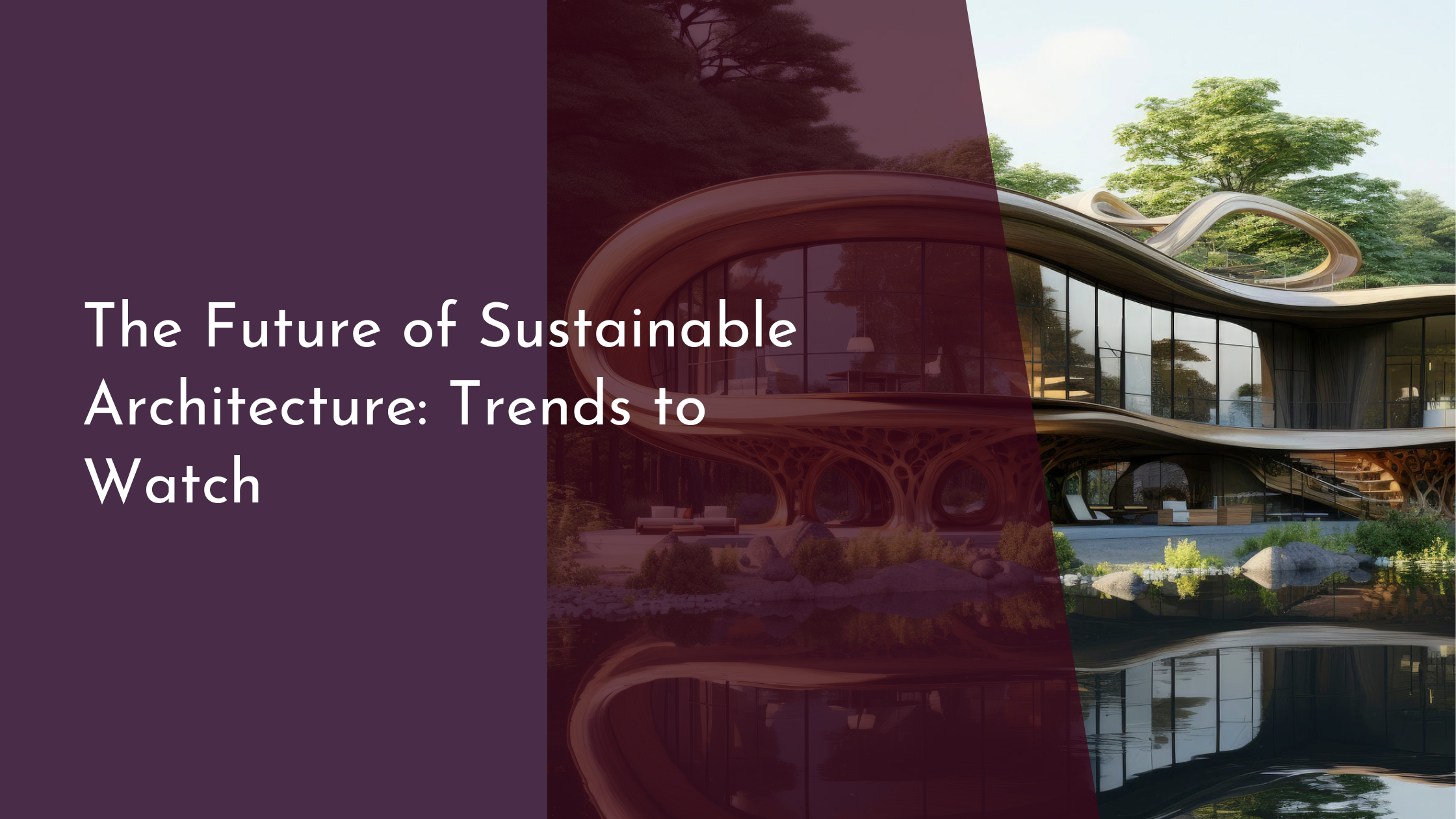The Future of Sustainable Architecture: Trends to Watch
The architecture of tomorrow is not just about aesthetics and functionality; it’s about sustainability and harmony with our environment. As the world turns its focus toward eco-conscious living, the building industry is undergoing a transformation poised to redefine our urban landscapes. From innovative materials to smart technologies, the future of sustainable architecture is bright, promising a world where cities flourish alongside nature. In this article, we’ll explore the leading trends shaping this exciting future, highlighting the incredible possibilities for greener, smarter, and more livable spaces.
Innovations in Eco-Friendly Building Materials
As the demand for sustainable construction grows, so does the innovation in eco-friendly building materials. One of the exciting developments in this field is the rise of bioplastics and biodegradable composites. These materials, derived from renewable sources like corn starch and sugarcane, offer a sustainable alternative to traditional plastics and synthetic composites. Not only do they reduce the carbon footprint, but they also minimize waste, as they decompose naturally without harming the environment. The application of these materials in construction ranges from insulation to structural components, demonstrating their versatility and potential to revolutionize the industry.
Another groundbreaking innovation is the use of mycelium, the vegetative part of fungi, in building materials. Mycelium-based products are lightweight, strong, and fire-resistant, making them ideal for various architectural applications. Moreover, they are grown rather than manufactured, which significantly reduces energy consumption and environmental impact. Mycelium can be molded into bricks, panels, and insulation, providing a sustainable and cost-effective solution for green building initiatives. As research and development continue, these materials are set to play a pivotal role in the future of eco-friendly construction.
Smart Technology Integrations in Architecture
In the realm of sustainable architecture, smart technology is becoming an indispensable ally, offering innovative solutions for energy efficiency and resource management. Modern buildings are increasingly equipped with smart systems that monitor and optimize energy use, significantly reducing environmental impact. Advanced HVAC systems, smart lighting, and energy management platforms enable buildings to adapt to occupants’ needs in real time, ensuring optimal energy consumption without sacrificing comfort. These technologies not only lower utility costs but also contribute to a building’s overall sustainability by reducing its carbon footprint.
Additionally, the integration of Internet of Things (IoT) devices in architecture is paving the way for smarter, more responsive buildings. IoT sensors and devices can collect data on various aspects of building performance, from air quality to energy usage. This data is then analyzed to make informed decisions about operations and maintenance, enhancing building efficiency and sustainability. The possibilities are expanding rapidly with the rise of artificial intelligence and machine learning, which can further refine building management systems to predict and respond to environmental and human factors.
Urban Green Spaces: Transforming Cityscapes
The incorporation of green spaces within urban environments is transforming cityscapes into more sustainable and livable areas. Urban planners are increasingly recognizing the importance of parks, green roofs, and vertical gardens in mitigating the urban heat island effect and enhancing biodiversity. These green spaces not only provide much-needed relief from concrete jungles but also improve air quality and promote mental well-being among city dwellers. Cities like Singapore and New York are leading the charge, integrating lush greenery into their urban fabric and setting benchmarks for others to follow.
Furthermore, the trend of urban rewilding is gaining momentum, which involves restoring natural habitats within city boundaries. This can include the reintroduction of native plant species and the creation of wildlife corridors to support urban biodiversity. By prioritizing green spaces and natural elements, cities are fostering environments where humans and nature coexist harmoniously. This transformation is crucial not only for ecological reasons but also for enhancing the quality of urban life, offering residents a closer connection to nature and a healthier lifestyle.
Concluding Thoughts: Bright Horizons in Architecture
The future of sustainable architecture is undeniably promising, with groundbreaking innovations and technologies reshaping how we build and inhabit our spaces. From eco-friendly materials to smart technologies and urban green initiatives, the possibilities for creating more sustainable, resilient, and beautiful environments are endless. These trends highlight a growing commitment to environmental stewardship and a recognition of architecture’s role in addressing global challenges such as climate change and urbanization.
As we look forward to the coming decades, sustainable architecture holds the key to a harmonious relationship between our built environments and the natural world. By embracing these trends and continuing to innovate, architects, builders, and urban planners can ensure that future generations will inherit a planet that is not only more sustainable but also more vibrant and diverse. The future is bright, and with continued dedication to sustainable practices, the architectural landscape will continue to evolve to meet the challenges and opportunities of tomorrow.

